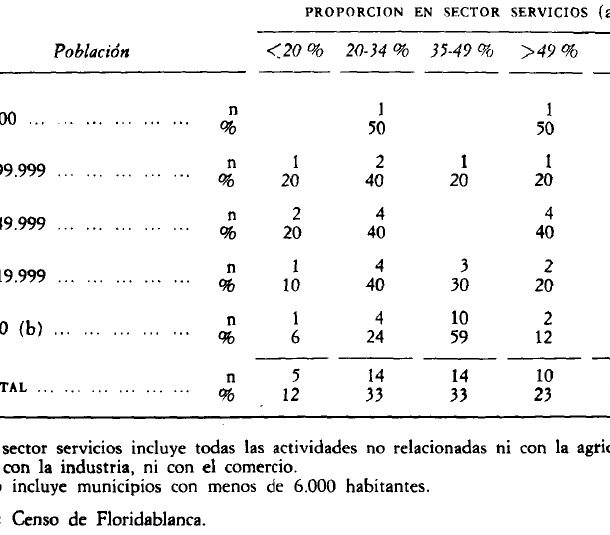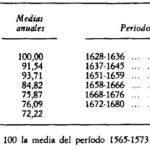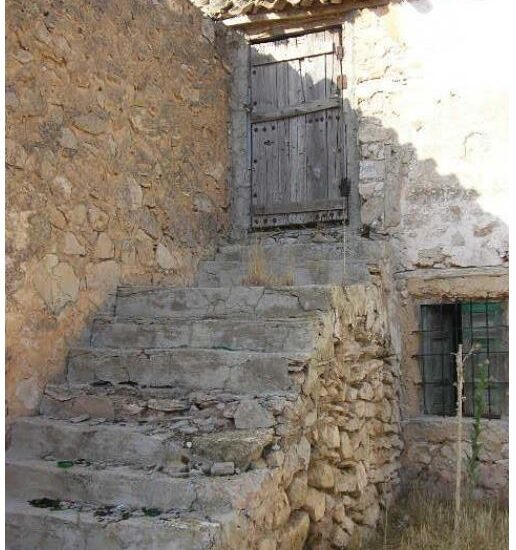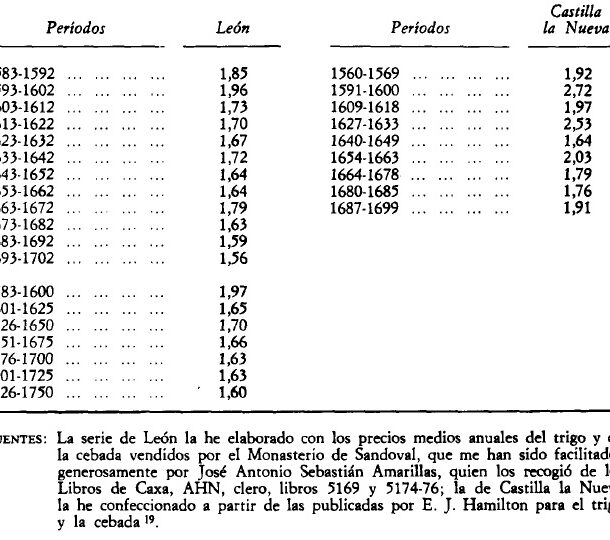
Different considerations have been made about the evolution of the Spanish economy during the 17th century, in which the existence of a generalised and prolonged crisis in the Spain of the misnamed minor Habsburgs was acknowledged. However, during that period the number of active people did not fall, as agricultural production had to register a downward trend, where there was a “hidden unemployment” and the decrease in the cultivated area allowed the average quality of the cultivated land to improve and the breeding of livestock to expand. Within the Archbishopric of Toledo are the archpriestships of Alcalá de Henares, Alcaraz, Alcolea de Torote, Brihuega, Buitrago, Calatrava, Canales, Escalona, Guadalajara, Hita, Illescas, Madrid, Montalbán, Ocaña, Rodillas, Santa Olalla and Maqueda, Talamanca, Talavera de la Reina, Zorita de los Canes and Almoguera and the Vicariate of Puebla de Alcocer. Before the end of the third quarter of the 16th century, the upward trend in grain harvests in the Archbishopric of Toledo as a whole was reversed. The grain harvests of the Archbishopric registered an intense downward movement between the last years of the third quarter of the 16th century and the end of the decade of the thirties of the 17th century, to the point that at this date in the sixteenth century the average annual production of cereals was barely more than half of that obtained around 1570. When the depression bottomed out at the end of the 1930s, a real reversal of the trend did not take place until shortly before the 1970s. Five phases can be distinguished: between 1570 and 1580, grain yields fell by 13%; there was a brief recovery between 1580 and the first years of the 17th century thanks to the good harvests of 1585-1587; in the third, the first decade of the sixteenth century, yields fell, with the average level about 18% lower than in the previous phase, and production stagnated. Finally, the 1630s proved to be a dramatic decade for Castilla la Nueva, where the average level of grain harvests fell by 20%. In short, in the Archbishopric of Toledo, the key periods of the contractionary movement were the 1630s, the central part of the first decade of the 17th century and the years between 1570-1580.
Collection: Statistics
Project: 2. Social and economic impact of technological revolutions in Europe., 3. Rural world and urban world in the formation of the European identity.
Chronology: XVII
Scope: Secondary Education, Baccalaureate, University
Resource type: Statistics
Format: Table
Source: Llopis Agelan, Enrique, «El agro castellano en el siglo XVII: ¿depresión o “reajustes y readaptaciones”?», Revista de Historia Económica, Journal of Iberian and Latin American Economic History, 4, 1 (1986), pp. 11–37
Language: Spanish
Date: 1986
Owner: Álvaro Romero González (Modernalia)
Copyright: © Enrique Llopis Agelan, © Revista de Historia Económica
Abstract: Bread production in the archbishopric of Toledo between 1565 and 1680
Image
Tags







